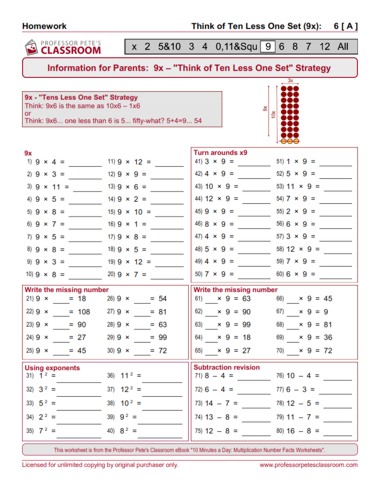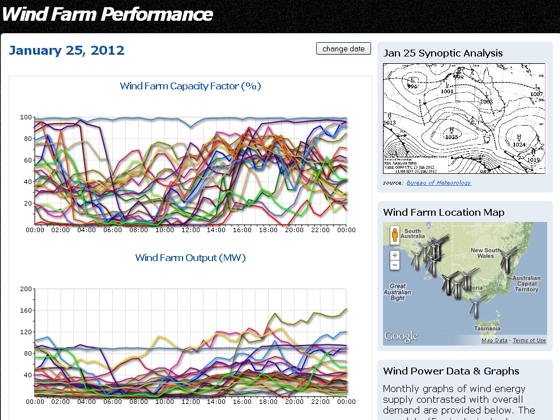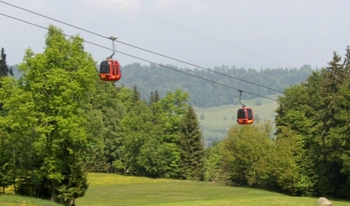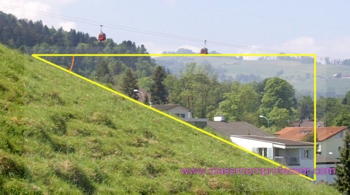If you’ve followed previous episodes of this blog, you will know that earlier this year in the northern spring my wife and I were blessed to travel in Europe.
Traveling between countries got me thinking about the types of mathematics you do when traveling. In addition to the usual math of budgeting, cooking, scheduling events, and so on, when you travel into a foreign country you have the extra challenges of conversions.
There are two main types of conversion an international traveler will likely have to do:
- Converting currency from one country’s currency to another’s
- Depending on the two countries, converting units of measurement between metric (SI) units and British/Imperial/American Conventional units
The video was shot in a studio in front of a ‘green screen’, to allow me to overlay videos. The background shows shots I took on the ferry between the UK and France on our trip, to set the scene for traveling between countries. I thought of doing the video live on the ferry, but it was too windy and noisy.
Converting Currency
Unless money was truly unlimited (certainly not the case for me), when buying food, gasoline and souvenirs a traveler will want to work out just how much he or she is paying for an item, in a familiar unit of currency. This is done using a currency conversion factor, a number which changes continually. As explained in the video, there will be a pair of currency conversion factors for any two currencies, which are numerical inverses of each other. For example, the pair of conversion factors for Australian dollars (AUD) and British Pounds (GBP) at the time of writing is:
[source: XE.com on October 16, 2011]
This means that £1 British, the more valuable of the two currencies, is equivalent to A$1.52875; conversely, A$1 is equal to £0.65413.
The neat thing is that one can use either of these factors to derive the other by inverting it, and one factor can be used to convert the two currencies in either direction. Thus:
- 1 ÷ 1.52875 = 0.65413
- 1 ÷ 0.65413 = 1.52875
Using these data in everyday transactions, when traveling in the UK I could convert prices to Aussie dollars pretty easily and accurately by adding a half. So a burger for £4.99 would be worth around $7.50 in our money. Going the other way, I could take around two thirds of an Australian price to get the rough equivalent in British currency.
Of course, a calculator will do this more easily, and a travel calculator is designed to simply convert in either direction by the touch of a couple of buttons.
Converting Units of Measurement
Depending on where you travel, you may be faced with different units of measurement from those you are familiar with. Europe, Australia and much of the rest of the world use Metric units, whereas the US and the UK are largely still using British Imperial units. Traveling on UK roads I changed the settings on my GPS device to use miles rather than kilometers, but in France I changed back to kilometers. That way road signs indicating how far a town was would match what the GPS indicated.
Manual or calculator conversions of measurement units are done in much the same way as converting between currencies, and again each type of conversion will have a pair of inverted factors. One example:
- 1 inch = 25.44 mm (millimeters)
- 1 mm = 0.3931 inch
- 1 ÷ 25.44 = 0.3931
- 1 ÷ 0.3931 = 25.44
International travel is not the only context for conversions like these. Other uses for these processes are international trade, which might be the subject of investigation in a geography or economics class; and international commerce, such as purchasing goods over the internet. Given the growth in trade and the opening up of secure, simple ways to buy goods on the internet, these are relevant topics for students and a straight-forward context for multiplication and division, including discussion of the best method for these calculations.





